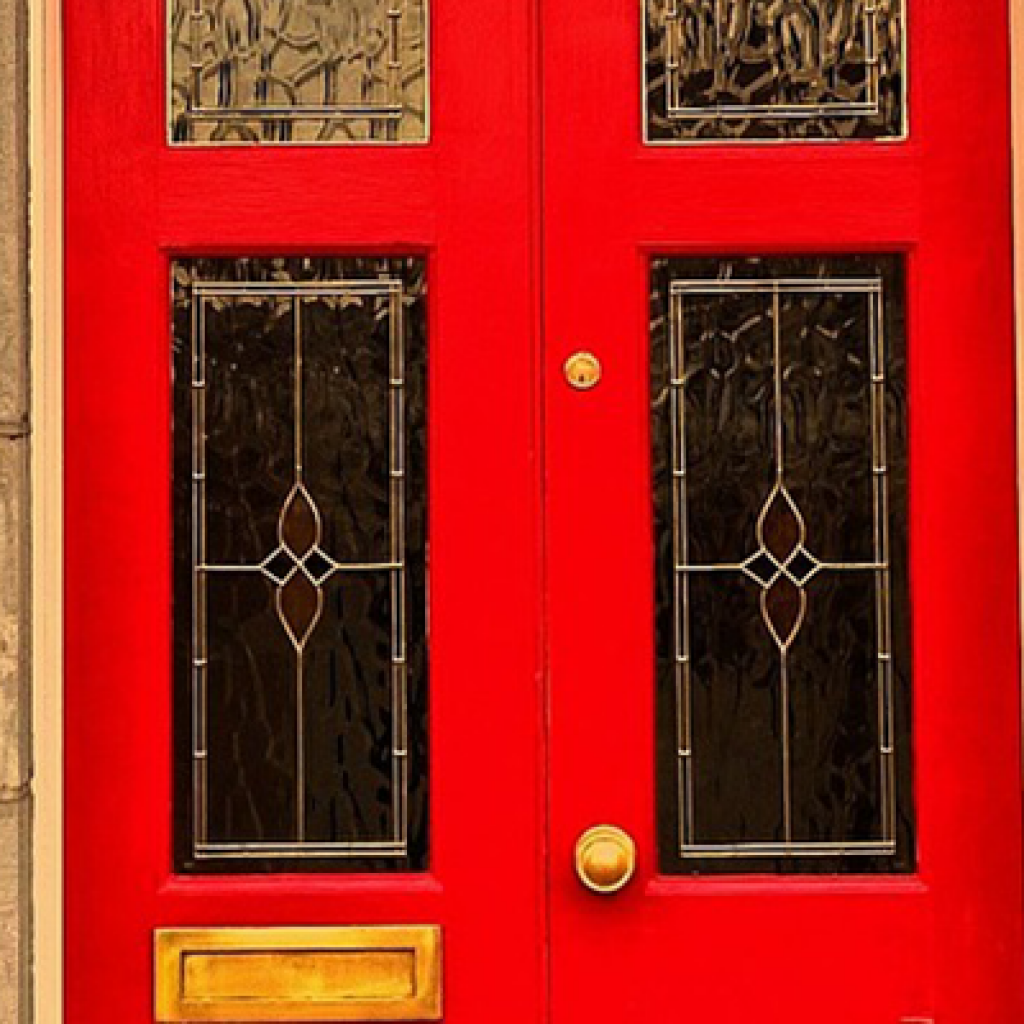- January sees average first-time buyer deposit rise to £29,127, 15% higher than a year ago
- Average first-time buyer house-purchase price tops £160,000 for first time on record
- First-time buyer completions fall 19% on a monthly basis, due to a dip in applications over Christmas
First-time buyer deposits have climbed 15% in a year to average almost £30,000, driven by lower stamp duty bills for new buyers, according to the latest First Time Buyer Tracker from Your Move and Reeds Rains.
The average first-time buyer deposit was £29,127 in January, up 7% compared to December 2014 and 15% higher than £25,314 in January 2014. First-time buyers are saving the largest amount for their deposit since July 2013, eighteen months ago, as savings from December’s stamp duty changes take effect.
This has also helped drive rising purchase prices for first-time buyer homes, which have climbed to a new record. New buyers paid an average of £160,304 in January, 12% more than £143,343 twelve months ago.
Revisions to the stamp duty slab system have reduced the upfront costs for many first-time buyers, allowing them to divert that cash into a deposit fund. First-time buyers paying the average purchase price would have been liable for stamp duty fees of around £1,600 before the graduated system was implemented, but this would now have been reduced to £700 – saving them roughly £900.
Simultaneously, as wages start to see a significant pick-up in real terms, growing purchasing power is reflected in the average first-time buyer LTV. Loan-to-value ratios have fallen 1.1 percentage points over the last three months, suggesting deflation and growing wages are allowing first-time buyers to put together slightly larger deposits.
Despite this, the average loan-to-income ratio for first-time buyers has risen on an annual basis. On average, deposits now represent 75.4% of a first-time buyer’s income, compared to 70.6% a year ago.
Adrian Gill, director of estate agents Your Move and Reeds Rains, comments: “A fusion of economic factors is alleviating some of the financial burden of forming a deposit. Wages are starting to recover and inflation has fallen to a record low, meaning buyers have slightly more cash to play with day-to-day. And stamp duty fees were slashed for many new buyers when the government reformed the old slab system, freeing up further funds. It’s still difficult to save – with savings rates tied closely to the low base rate. But it’s easier to put cash aside than it was a year ago.
“However, property prices have pushed a new record for first-time buyers, meaning these extra funds are being diverted directly into larger deposits. Putting together a deposit to buy a property remains one of the most arduous tasks for prospective home-buyers, and schemes like Help to Buy are essential to allow the swathes of buyers reliant on higher LTV mortgages to get onto the housing ladder.”
SEASONAL SLOWDOWN STALLS FIRST-TIME BUYER COMPLETIONS
There were 21,200 first-time buyer completions in January 2015 – 19% lower than 26,100 in December, however this was partly due to a natural seasonal slowing in applications in the run-up to Christmas.
Furthermore, a fall in first-time buyer numbers is to be expected between December and January. Completions fell 18% month-on-month in January 2014, 20% month-on-month in January 2013 and 31% month-on-month in January 2012.
On a more positive note, the most recent Mortgage Monitor from e.surv chartered surveyors reported a substantial pick-up in higher LTV lending in January, which could translate into a pick-up in first-time buyer completions in the next few months. Loans to higher LTV borrowers grew 20.1% between December and January, with 10,064 loans to borrowers with deposits worth 15% or less of their property’s total value in the first month of 2015.
Adrian Gill, director of estate agents Your Move and Reeds Rains, continues: “Lending dropped away a little in the run-up to Christmas, but approvals have bounced back a little in January, and demand at the bottom of the market remains strong. After the usual seasonal dip we expect completions in this part of the purchase market to reflect steadier front-end sales activity. Slow and steady progress – in line with improving household finances – is the order of the day.”
REGIONAL DIFFERENCES
The average purchase price for first-time buyers in London rose to a new record high of £308,067 in the three months to January 2015 – more than three times the average purchase price in Northern Ireland (£90,241).
On average, Londoners put down a deposit of £73,711 – by far the greatest amount of any UK region. This was more than ten times the size of the average first-time buyer deposit in Wales (£7,032).
Adrian Gill, director of estate agents Your Move and Reeds Rains, concludes: “Prices have cooled slightly at the very peak of the London market, but the same isn’t true at the bottom end. First-time buyer demand remains strong, boosted by an insatiable appetite for homes. The lure of London as a culture capital and professional hub continues to attract buyers in from other areas of the country, and indeed from other countries – despite the higher average price tag.”




















